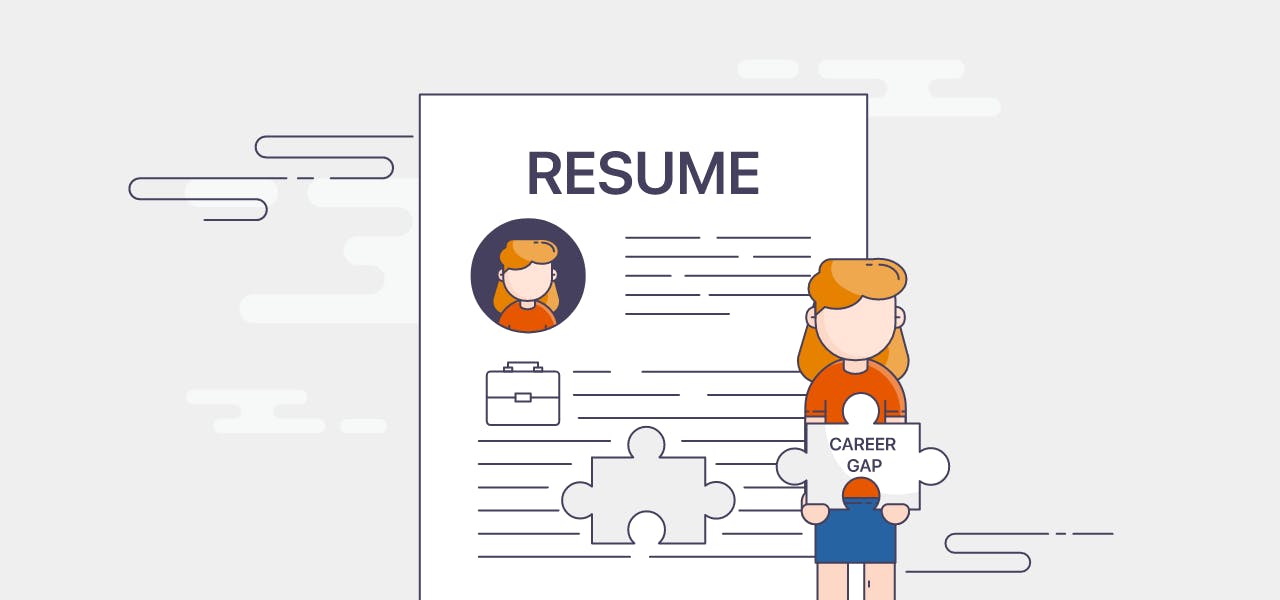By now, you have probably seen in action the importance of having a strong, well-written resume. It’s an essential part of the job-hunting process, especially if you’re trying to obtain a coveted position. But what does a person do when there are big gaps in their career path and the employer is likely to ask questions?
It’s not as uncommon as you might think. There are lots of reasons why a person can have a job history that’s not exactly chronologically intact. This problem requires finesse to get through, depending on the reason for the gap in work, but it can be done. These tips can help you confidently approach the career gap issue on your resume during your next interview.
Common Career Gap Reasons
If your resume’s career timeline is missing a year or two here and there, you’re currently the only one in the interview that knows why. Called a “gap year,” it’s a common part of the career process at some point in a person’s life.
Gap years, or multiple years off, occur for many reasons, such as:
● Taking a year abroad to study
● Volunteer overseas in a mission or a teaching program
● Taking care of a sick family member
● Post-maternity or paternity time when you stayed home to be a parent instead of a career person
Most people will take a gap year after they graduate high school or college. They’ll head out to explore the world, knowing that once they return to the real world, it will be time to focus on their career.
Other times, a gap year or time between jobs isn’t such a positive thing. If you were laid off due to downsizing and couldn’t find another job, you might feel the need to cover up that time between employment.
Setting Up Your Resume to Downplay Gaps
When you begin setting up your resume, you probably automatically began listing your work history in chronological order. It’s “the way” it’s always been done, but just because it’s the default option doesn’t mean it’s the only choice you have. You can actually create a resume with your work history in non-chronological order. Doing this includes all the experience you have but takes the spotlight off of the timeline.
These are called “functional” resumes. They focus on a person’s skills and experience instead of the time when those things were obtained. Functional resumes are the perfect format for people with gap years or missing time in employment in a high-demand profession. If you had a break between jobs because you took time off to relax, couldn’t find another job after a layoff, or were dealing with personal issues you don’t want to get into, a functional resume is a good option. It takes away the concern of having to approach that time off work entirely.
Another alternative is to use the skills you learned during that time off of work and list them under experience. This is a good choice for anyone who was actively learning, teaching, working, or volunteering during their gap year. Those skills you picked up show that you learned how to be a leader, self-taught, determined, service-oriented, or other soft skills that are in demand in the workforce.
The trick is to use the job you’re applying for to shape your gap year description around. If you know what the position will entail, you can include the experience you had that matches it and makes you a quality candidate. While you put this together, as with any resume, always use powerful words that focus on the action, not passive terms, and try to bring numbers in to quantify your achievements wherever you can.
With these two tricks, you can cover up your gap year or show it off, whichever you prefer depending on the reason behind your time off and how much you want to gloss it over or elaborate on it.
